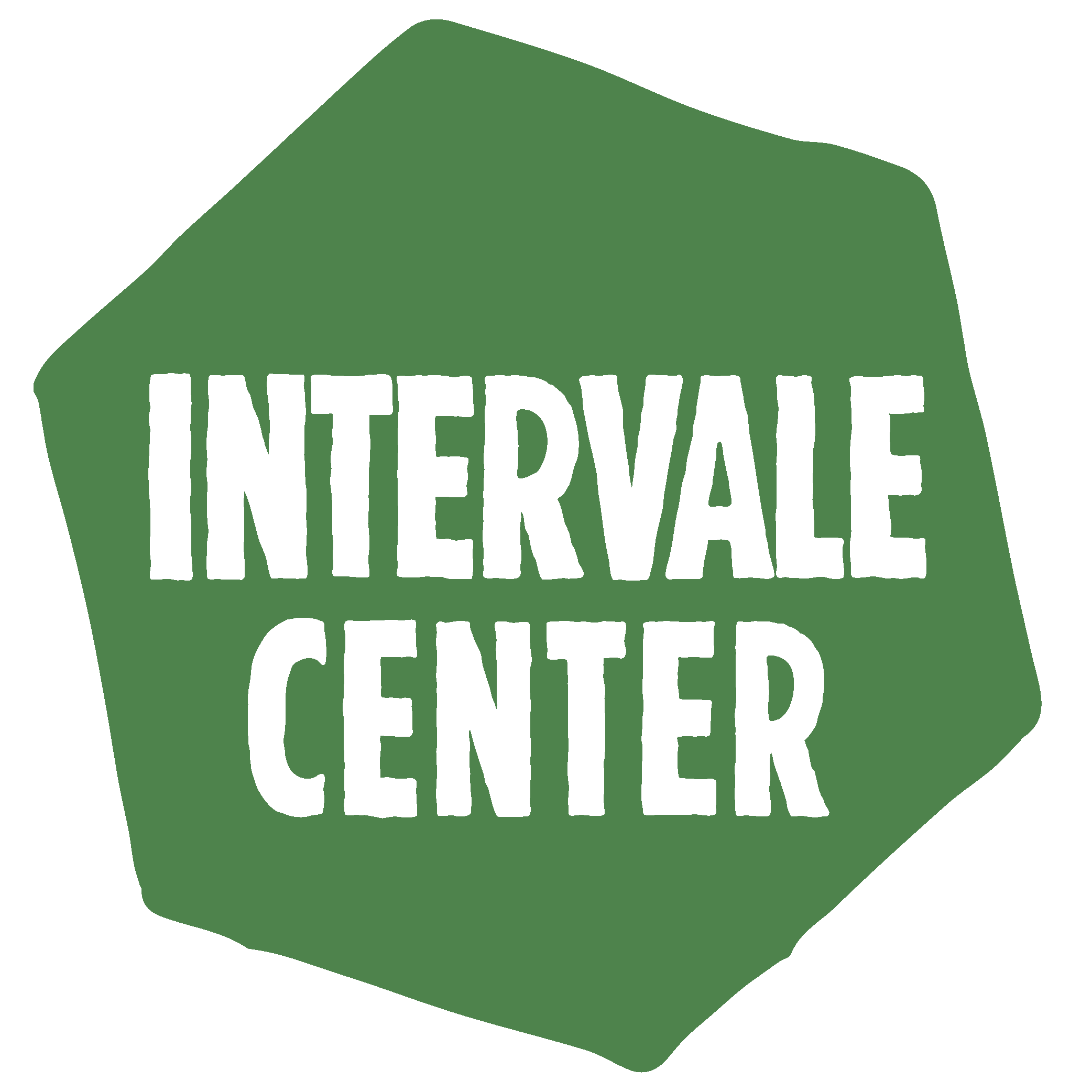Lower Winooski Valley Project's Wildlife Cameras
“We got a bobcat on the culvert!” texted Lina Swislocki, the Intervale Center’s Land Stewardship Research Associate, to the rest of the game camera team. Along with her exclamation came a picture of her laptop in the field, displaying an image downloaded from one of the 25 game cameras mounted throughout the Intervale.
“The one aimed at the little island?” asked Laura Farrell PhD, wildlife and landscape ecologist of Otter Ridge Consulting LLC, who joined the team to help assess wildlife connectivity in the greater Intervale, also known as the Lower Winooski Valley.
The Intervale is actually much greater than the land that the Intervale Center manages, spanning roughly 4000 acres from Salmon Hole down to the mouth of the Winooski River. This rich floodplain valley is comprised of a matrix of farm fields, forests, and wetlands intersected by waterways, trails, and roads. Land holders include Winooski Valley Park District, VT Department of Fish and Wildlife, The Vermont Land Trust, Burlington Parks, Recreation and Waterfront, and multiple private land owners.
How do you effectively manage a diverse landscape like the Intervale in a way that balances the needs of agriculture, recreation, and conservation? The Lower Winooski Valley Project, a new collaborative land management partnership, is working to do just that. By connecting landowners around shared goals, we hope to strengthen relationships and improve land management.
This game camera work is just one initiative to emerge from the Lower Winooski Valley Project. What animals share the Lower Winooski Valley with us, and how do they move across the landscape? How can we improve our collective land management to ensure connectivity and provide ample habitat for a diversity of species? We hope these game cameras will help us find out more!
“Sweet!!!” texted Annalise Carington, Conservation Specialist with the U.S. Fish and Wildlife Service who works in partnership with the Intervale Center. Her excitement over the bobcat was clearly evidenced by the three exclamation points.
“Yep! The one at the little island” tapped Lina, describing one of the 25 cameras deployed. This project is months in the making, and was made possible by a contribution of cameras from Declan McCabe, Professor of Biology at Saint Michal’s College. This is not Declan’s first rodeo. He has worked with students on game camera projects across Chittenden County, inspiring his students to care about habitat conservation. Something unique happens when we encounter wildlife. Perhaps it’s a vicarious experience of being wild, or a reminder that we’re not alone on this earth…
…and speaking of being alone. “You alone up there, [Lina]?” Laura asked, knowing that checking on game cameras can be a treacherous job involving trudging through rough terrain, navigating dark culverts, and enduring heat and biting bugs.
“Yep just me” Lina replied, followed with another message, “This camera also has the most personable raccoons ever, and a gorgeous series of a heron”. More images started to come through.
“Perfect. Please keep up posted and text when you return so we know you didn’t run off with the raccoons. Been upstream yet?” Laura inquired, anxious to see more.
“Haha will do. Nope heading there next” texted Lina.
“SO COOL!” chimed in Duncan Murdoch, Natural Area Lands Steward at the Intervale Center, capturing his enthusiasm with all caps.
The cameras will be up through the fall 2020 and once all the images are downloaded, the fun begins of analyzing the data. This work builds on existing wildlife tracking and game camera work in this region, and will further our collective understanding of wildlife connectivity. Ultimately, this will help guide land management decisions across the Intervale. And we would love more data! Are you interested in contributing data or have another project you’d like to tell us about? Email: duncan@intervale.org. And if you are lucky enough to capture a photo of an animal in the wild, consider posting it on iNaturalist or Seek so others can see it, too.



